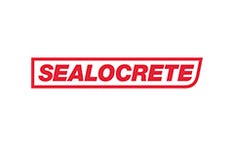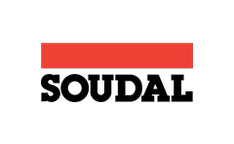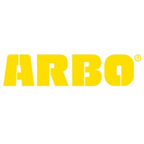Painting is more than just a finishing touch—it's a protective barrier, a performance layer, and a visual statement. But timing your paint application incorrectly can lead to peeling, blistering, or premature failure—costing you time, materials, and labour.
In the UK, where high humidity, temperature fluctuations, and limited daylight are common challenges, understanding the optimal conditions for painting is essential. Whether you’re painting interior walls, masonry, woodwork, or exterior surfaces, this guide outlines exactly when—and why—the time of year matters.
Indoor Painting: When Conditions Are Right, Not Just Convenient

Best Months: March to May and September to October
These months offer stable temperatures and manageable humidity. Interior paints—especially water-based emulsions—cure best between 10°C and 25°C. Outside this range, drying slows or accelerates unevenly, impacting finish quality.
What to avoid:
- Under 8°C: Latex paints may not coalesce properly, leading to patchiness.
- Above 25°C with direct sunlight: Paint dries too quickly on the surface, trapping moisture and increasing the risk of cracking.
Technical Considerations:
- Relative Humidity (RH) above 70% increases drying time and can promote mould growth beneath the paint film.
- Low VOC paints may take longer to off-gas in winter—proper ventilation is essential.
Pro Tip: Use a hygrometer and thermometer to monitor room conditions. Don’t rely on central heating alone—air movement is just as critical.
Exterior Painting: Timing is Everything in the UK Climate

Best Window: Late April to Early October
Exterior paints, especially masonry and wood coatings, require consistent dry weather and mild overnight temperatures. For most paints:
- Minimum application temp: 10°C (both surface and air)
- Ideal RH: Below 80%
- Dry time protection: No rain for at least 6 hours post-application (ideally 24)
Why it matters:
- Cold surfaces prevent paint film formation, especially on metal and render.
- Dew formation after sunset can ruin fresh paint if conditions are borderline.
- UV degradation in peak summer can also cause premature skinning or chalking if products are overexposed before curing.
What Happens When You Paint at the Wrong Time?
| Problem | Cause | Result |
|---|---|---|
| Peeling/flaking | Applied on damp or frozen surface | Paint loses adhesion |
| Blistering | Painted in direct sun or on hot substrate | Trapped solvents expand and rupture surface |
| Mould/mildew beneath paint | High humidity, poor ventilation | Microbial growth beneath coating |
| Cracking | Too rapid drying, especially gloss | Weak surface film |
Season-by-Season Breakdown
| Season | Indoor Painting | Outdoor Painting | Key Risks |
|---|---|---|---|
| Winter (Dec–Feb) | Possible, but slow drying | Not recommended | Low temps, high humidity, short days |
| Spring (Mar–May) | Ideal | Excellent from late April | Early-morning frost possible |
| Summer (Jun–Aug) | Good with ventilation | Ideal (watch for heatwaves) | Overdrying, UV exposure |
| Autumn (Sep–Nov) | Excellent (early autumn) | Risky after October | Damp, shorter dry windows |
Best Practice Tips for Year-Round Success
- Check surface temps, not just air temps—cold brick or metal holds chill longer.
- Use quick-curing or cold-weather paints for shoulder season work.
- Use moisture meters for masonry and timber—don't trust surface appearance alone.
- Schedule painting for mid-morning to early afternoon to avoid dew and maximise daylight.
Final Verdict
There’s no one-size-fits-all answer—but in the UK, planning around the weather isn’t optional. The best time to paint is when you have:
- Stable, dry conditions
- Surface temps above 10°C
- No rain or condensation risk for 24 hours
Cutting corners on timing almost always leads to rework. Whether you're coating a lounge wall or resealing a roof, getting the conditions right is half the job done.
Need Season-Ready Paint?
Explore DIY Refurb’s range of weatherproof masonry coatings, cold-temperature primers, and quick-drying emulsions at www.diyrefurb.co.uk — all selected to perform in real UK conditions.




















